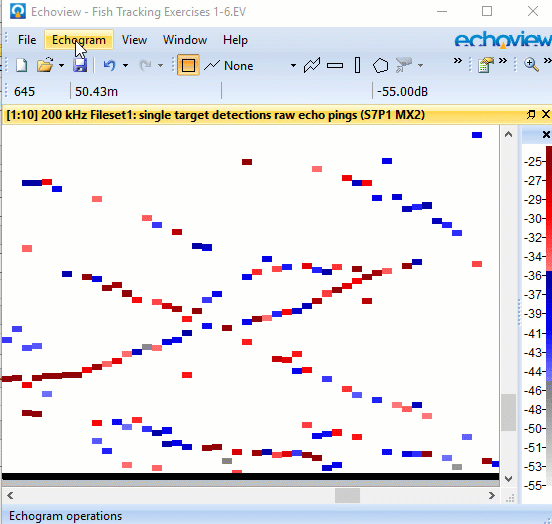
heavy cover or indoor use) then you might also want to enable:Īnd of course, if you want to see altitude graphs afterwards: ALTITUDE If you're interested in filtering out bad data (caused by bad reception of satellite data due to e.g. If GPSBabel isn't able to produce the correct gpx file, then creating simple script or even MS Excel can be useful to convert the CSV data into an usable GPX file. I appreciate everyones input and I thought I was making progress. But my most recent attempt to upload a trace, submission 09020104.gpx, failed to import. Here's the reported error: Found no good GPX points in the input data. At least 75% of the trackpoints lacked a tag. KML contained 1488 sequential track points, each with a time stamp 1 sec apart. I have viewed the track in GPSMapEdit and ExpertGPS both show interconnected points with a time stamp on each point. I'd hate to see all this data go to waste and working with GPSBabel is above my skill level. I'm a 70yr old with some spare time on my hands and thought I might be able to help with this great undertaking but I'm beginning to question my sanity at this point. Does anyone have any simple instructions that would help me past this block. Thank you all responders for your continuing interest and help. I have extracted some additional points where information is changing – the first 86 points virtually stationary, 87 onward DGPS kicks in, 118,119,120 getting up to speed & then 127 see below equivalent.Īs requested here is some example data, firstly from the.

#GPSBABEL SPLIT TRACK TRACKSEG PROFESSIONAL#.#GPSBABEL SPLIT TRACK TRACKSEG SOFTWARE#.# Calculate distances (in metres) using the function pointDistance from the ‘raster’ package. # Shift vectors for lat and lon so that each row also contains the next position. Now, let’s calculate the distances between successive positions and the respective speed in this segment. Note, that the altitude ist quite noisy with GPS, we will see this in a minute. Each position is defined by the latitude and longitude and we also have the elevation (altitude) available. We already have nice dataframe now with all the information available in the GPX file for each position. Geodf <- ame(lat = lats, lon = lons, ele = elevations, time = times) # Put everything in a dataframe and get rid of old variables # Extract latitude and longitude from the coordinates Times <- xpathSApply(pfile, path = "//trkpt/time", xmlValue)Ĭoords <- xpathSApply(pfile, path = "//trkpt", xmlAttrs) # Get all elevations, times and coordinates via the respective xpathĮlevations <- as.numeric(xpathSApply(pfile, path = "//trkpt/ele", xmlValue))
If you want help on parsing XML files, check out this (German) tutorial I made a while ago.Įrror = function (…), useInternalNodes = T) The file name is “run.gpx”.Īnd a function that shifts vectors conviniently (we gonna need this later):Ĭ(rep(NA, shift), vec) }Ĭ(vec, rep(NA, abs(shift))) } } }

If you want to replicate this script, you can use an example GPX file I uploaded. Again the same track, now with Skobbler map of Stuttgart in the background.


 0 kommentar(er)
0 kommentar(er)
